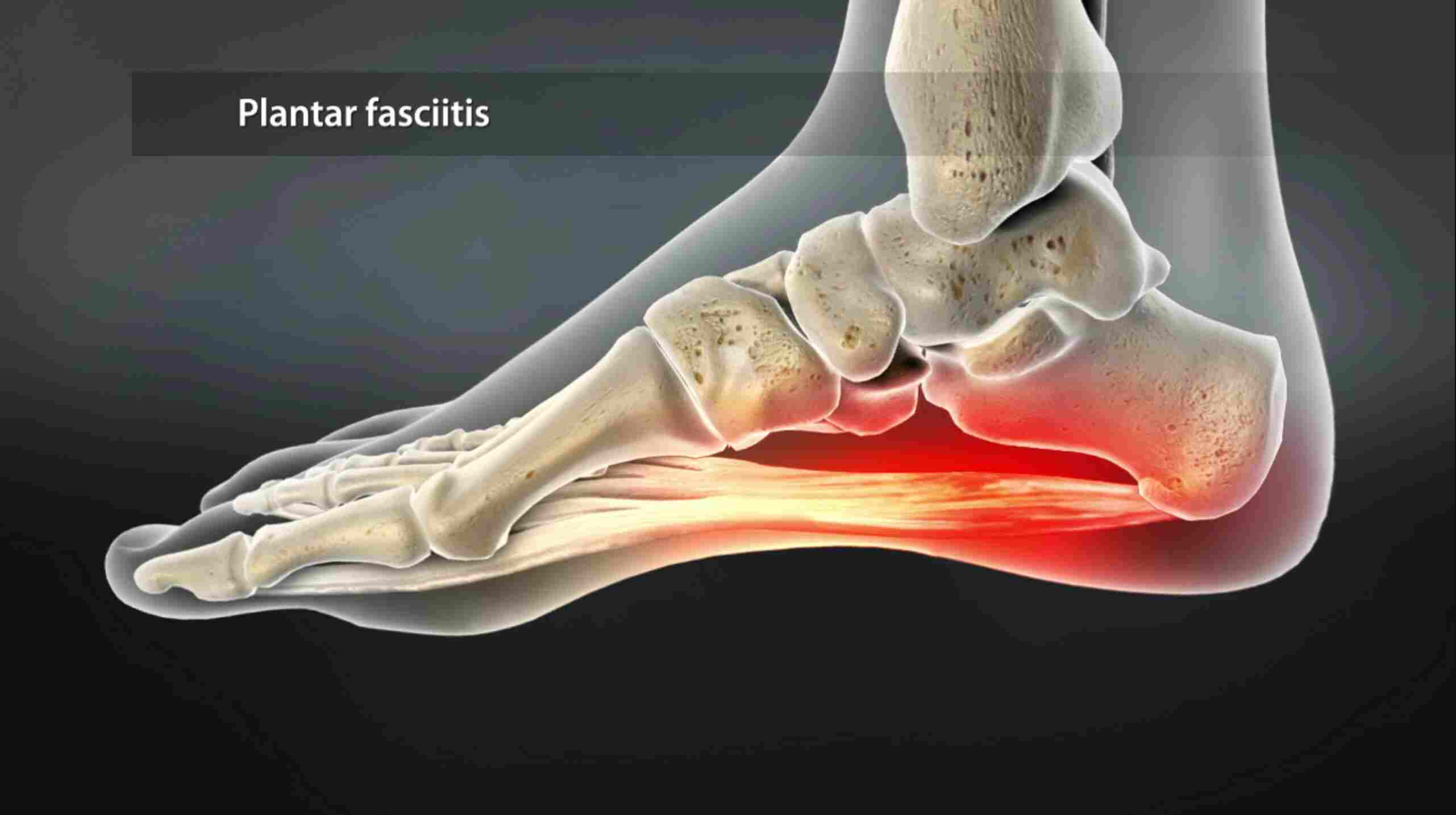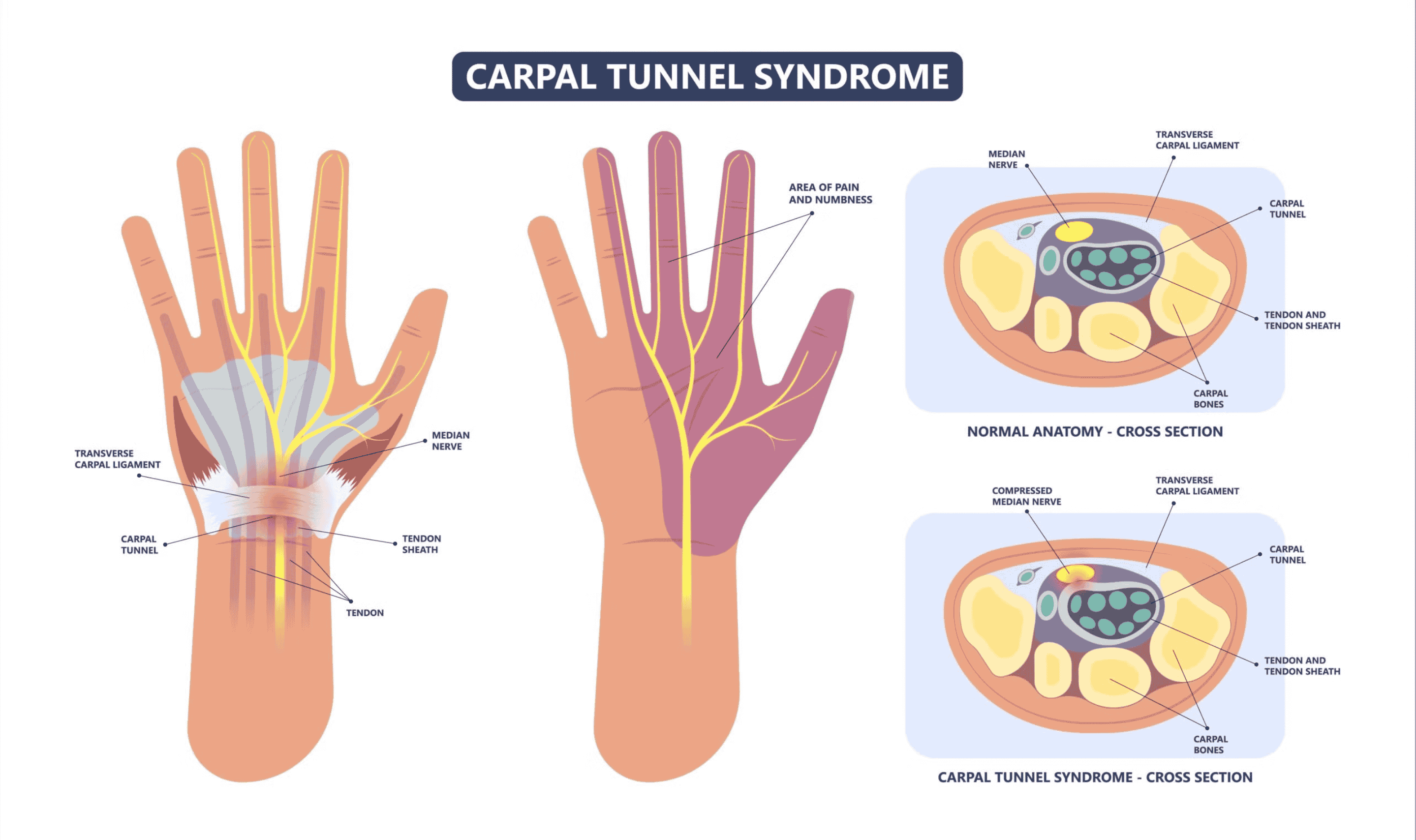Cancer Pain Management with Intrathecal Morphine: A Comprehensive Guide
Chronic pain is one of the many devastating effects of cancer. When other pain treatments
fail, doctors may use intrathecal morphine. A specialized method, intrathecal morphine, is
injected directly into the cerebrospinal fluid around the spinal cord. This pain treatment
technique for severe cancer pain has many benefits.
1. Intrathecal Morphine: A Specific Solution
Medication is precisely delivered into the cerebrospinal fluid to directly act on spinal cord
opioid receptors. One benefit of intrathecal morphine is its focused approach. Intraphecal
morphine lowers brain pain signals by acting locally in the spinal cord. It reduces pain
without the systemic negative effects of oral or intravenous opioids due to this mechanism.
2. Reserved for Severe Cancer Pain
When alternative pain treatment approaches fail to control severe cancer pain, intrathecal
morphine is considered. Patients who may benefit from this method often have intractable
pain that lowers their quality of life. Oncologists, pain specialists, and anesthesiologists
carefully evaluate the patient's medical history, pain intensity, and response to previous
pain management interventions before prescribing intrathecal morphine.
3. Individualized Dose Management
Personalized dose management is essential for intrathecal morphine therapy. Finding the
right dose to relieve pain and minimize negative effects is tricky. Intrathecal pain
management professionals constantly monitor patients to titrate the dose according to
their pain profile. This ensures the patient obtains the most benefit from the medication
while minimizing side effects.
4. Intrathecal Pump Implantation
A device called an intrathecal pump is often used to deliver morphine into the spinal fluid.
Surgery under the skin connects these pumps to a catheter that distributes medication
directly into the spinal fluid. Healthcare practitioners can program the pump to give
medication at a specific rate. This regulated administration system provides regular and
predictable pain management, which is very helpful for chronic and severe cancer patients.
5. Reduced Systemic Side Effects
Intrathecal morphine has fewer systemic side effects than oral opioids. Due to its confined
action on the spinal cord, the medicine reduces opioid-related side effects such as nausea,
constipation, and sedation. This tailored distribution lowers opioid tolerance, which can
require dose increases.
6. Multimodal Pain Management
An integrated pain management method often includes intrathecal morphine. Cancer
patients' pain is varied and multifaceted; thus, this strategy may require multiple
medicines. To manage pain, patients may get intrathecal morphine, other drugs,
interventional procedures, physical therapy, and psychosocial support. Multimodal
treatment attacks pain from various aspects, improving patient comfort and well-being.
7. Warnings and Monitoring
Even though injecting morphine into the spinal column works, there are some risks
involved. Respiratory depression is the biggest risk of this therapy. Painkillers can cause
respiratory depression, a rare but significant side effect. Healthcare providers carefully
titrate the dose and monitor patients for respiratory distress to reduce this risk. Patients
must report odd symptoms or discomfort immediately.
8. Specialist Involvement
Experts should initiate and manage intrathecal morphine therapy, a highly specialized pain
management method. The treatment's intricacy, dosage accuracy, and potential
complications require professional supervision. Pain management specialists collaborate
with oncologists and other healthcare professionals to safely and effectively manage cancer
pain with intrathecal morphine.
Take Away
When other treatments fail, intrathecal morphine can relieve severe cancer pain.
Intractable pain patients benefit from its tailored distribution, personalized dose, and
decreased systemic adverse effects. Interstitial morphine therapy is not a one-size-fits-all
solution and requires the knowledge of qualified pain management specialists to initiate
and manage.
After reviewing the patient's pain profile, medical history, and response to previous pain
management methods, intrathecal morphine should be considered. When used carefully
and monitored under a multimodal pain treatment regimen, intrathecal morphine can help
cancer patients with severe pain live better. It shows medical science's progress and
doctors' dedication to helping cancer patients. Dr. Minhaj Akhter, a cancer pain specialist, is
a highly educated medical expert who devotes his practice to the all-encompassing
treatment of pain experienced by cancer patients.

3.jpg)








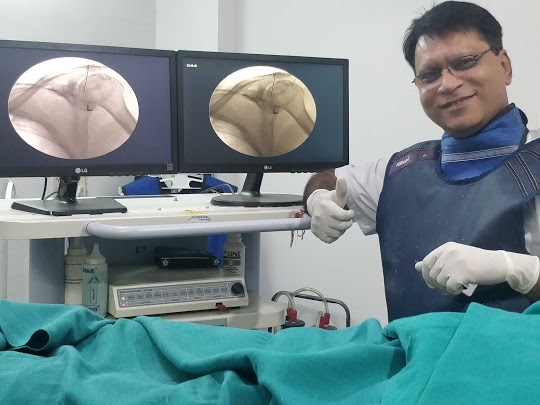






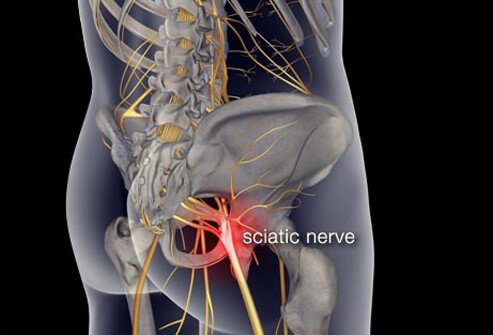
















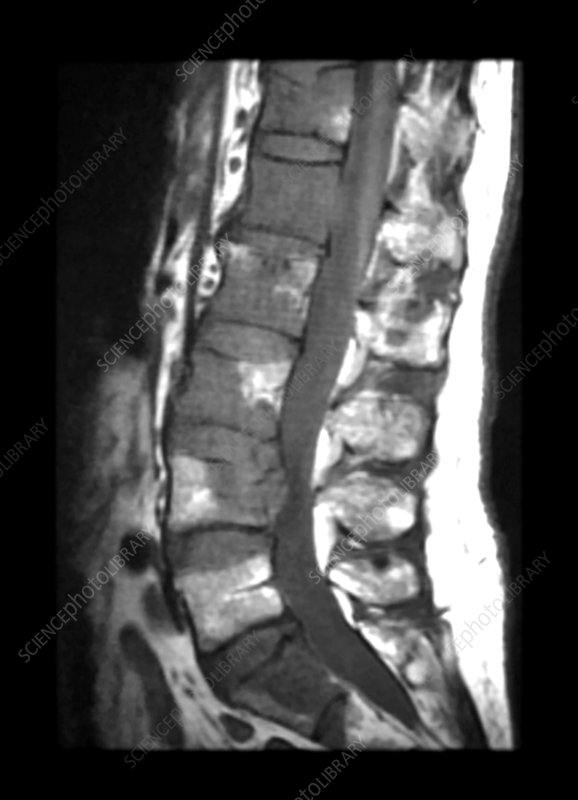





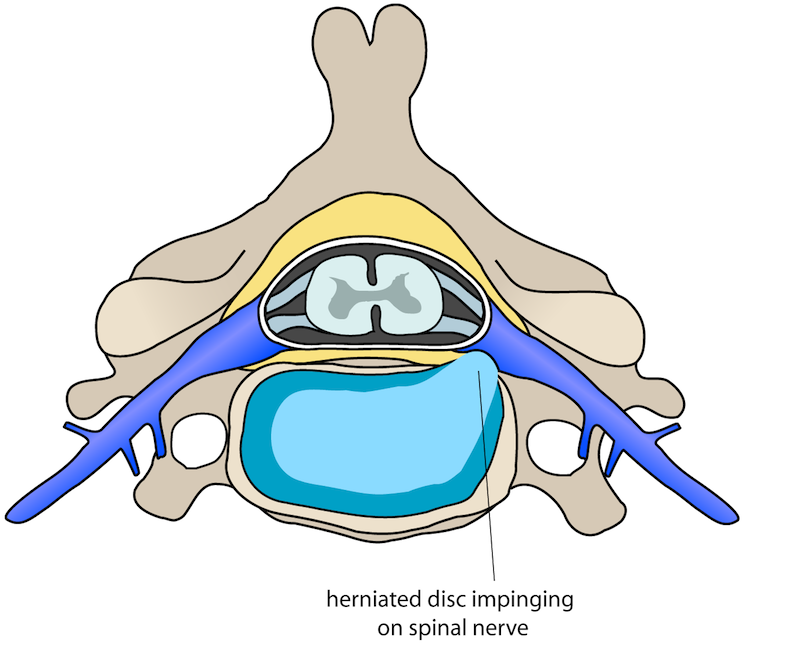
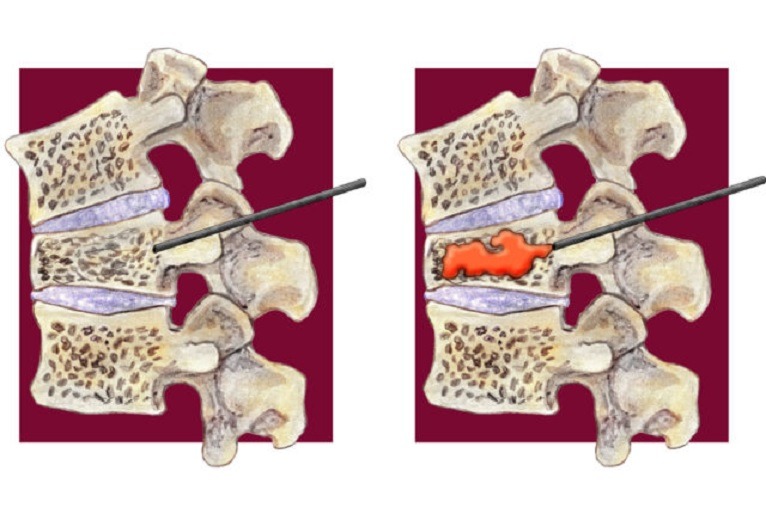













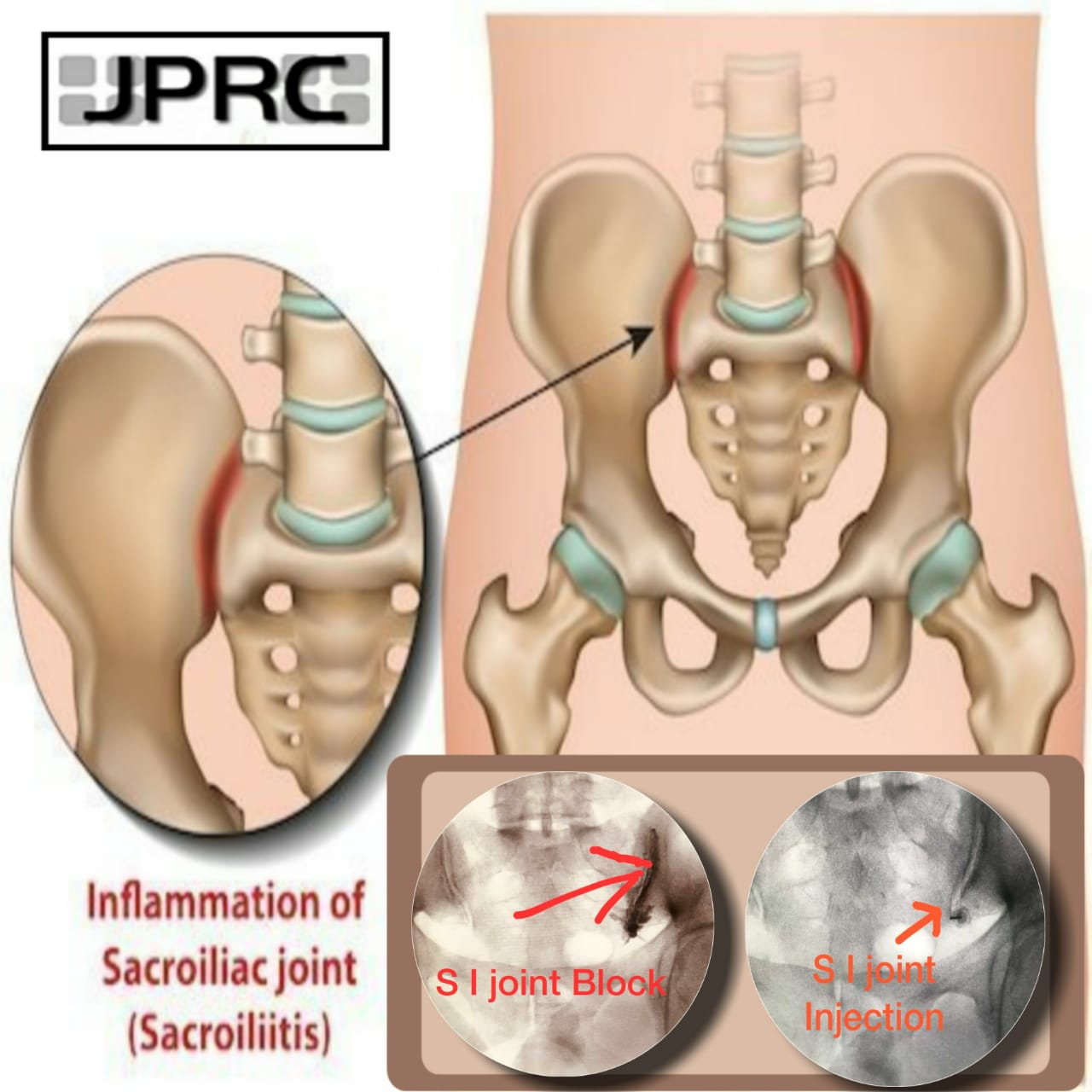










.jpg)








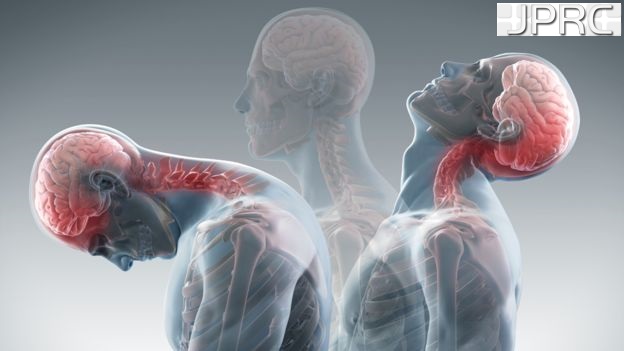


_Injection_Description_in_Hindi.jpg)


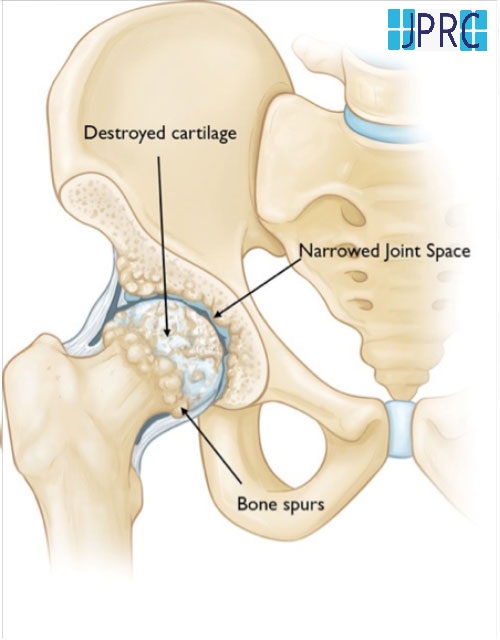



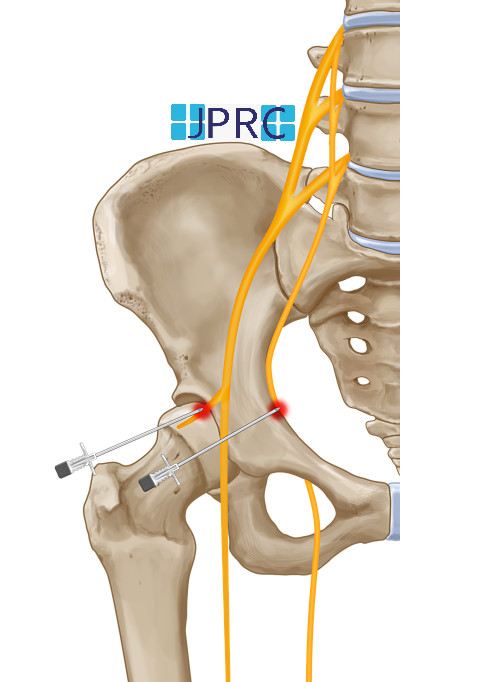









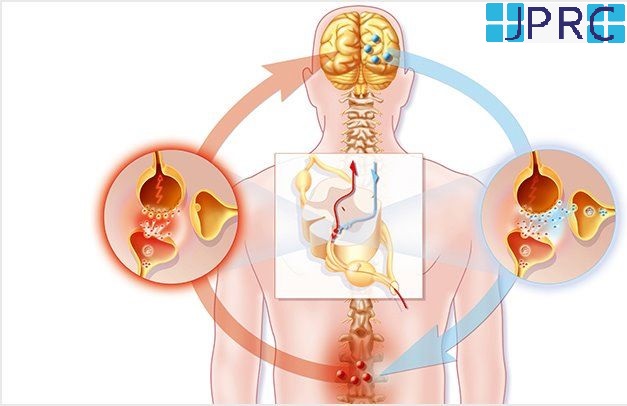


.jpg)










.jpg)




.jpg)
.jpg)
.jpg)



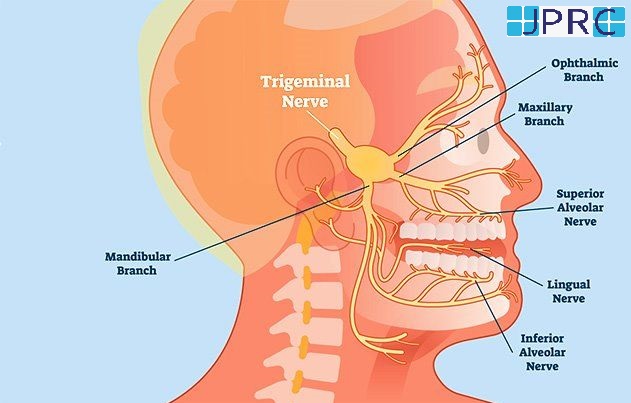



.jpg)
.jpg)
.jpg)
.jpg)
.jpg)
.jpg)
.jpg)
.jpg)
.jpg)
.jpg)
.jpg)
.jpg)
.jpg)
.jpg)
.jpg)
.jpg)
.jpg)
.jpg)
.jpg)
.jpg)
.jpg)
.jpg)








1.jpg)
1.jpg)

1.jpg)
1.jpg)
1.jpg)
1.jpg)
1.jpg)










2.jpg)
3.jpg)



4.jpg)
1.jpg)
2.jpg)

5.jpg)

6.jpg)




7.jpg)
2.jpg)

8.jpg)

9.jpg)
3.jpg)

10.jpg)

11.jpg)


12.jpg)
4.jpg)




























